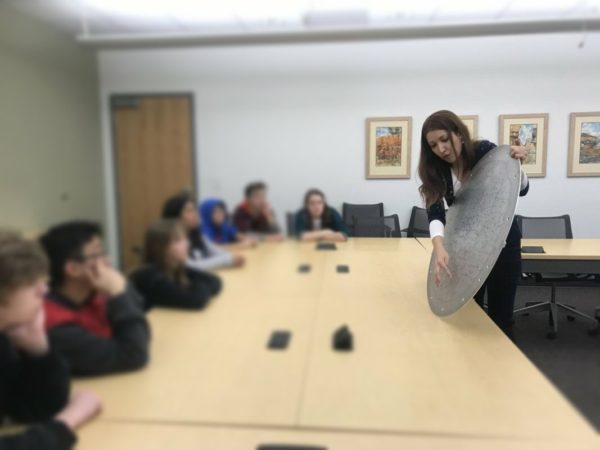
What is your position or role in the DESI project (both generally, and day-to-day activities)?
I am the point person for tiling and fiber assignment needs during the Commissioning Instrument and the various science programs embedded in late Commissioning phase. I will also do this for the Survey Validation phase of DESI. This work has led to some software development and creation and maintenance of some visualization tools. The nature of the commissioning of an instrument demands a daily regroup and change of plans based on the ongoing discussions/analysis; the spectrographs and fiber positioner tests require a wide variety of tile designs and quick turnaround in their content and format. Catering to the needs of these tests has been part of my daily routine over the past five months. There was an extended 9 months-long period of preparation prior to the first light which took the largest chunk my days.
What would you say is the most interesting or exciting thing about DESI (and/or your job and/or astronomy in general)?
The comprehended scales of time and space by us neurologically advanced yet biologically limited creatures, is remarkable.
More astonishing is the notion that this breadth and depth of knowledge is only attained by capturing tiny pockets of energy from the sky and really not much else. To ponder clever/creative ways to derive information from 3% of any complex system to have a clue about the remaining 97%, even if never fully understood/resolved, is one of the most honorable parts of the human heritage.
DESI is making the largest 3D map of the universe and helping to probe such a vast volume of the physical universe we inhabit, in however minuscule way, is a worthwhile endeavor.
If you were not a scientist, what would your dream job be?
Strangely, at this moment, nothing comes to mind as a dream job I would want to have. It could be a temporary state of mind or it could be because I attempt to do a bit of all I want to do as part-time jobs here and there while I keep an interesting day job; but maybe time investments would be different in other life realizations. Perhaps I would be an artist who does science in spare time as opposed to a scientist who creates art in spare time.
Any advice for aspiring scientist?
Do not hesitate to ask your questions. You’d be surprised by the number of people who do or will have the same question; so your challenge becomes their quest as well; and what’s better than partaking in a collective search for knowledge.
What do you do for fun?
This [i.e., pleasant/meaningful interactions of similar nature]. Paint. Fly. Hike.
